13 Juli 2022 13:52:21 / / Hits : 6892 / Posted by Administrator
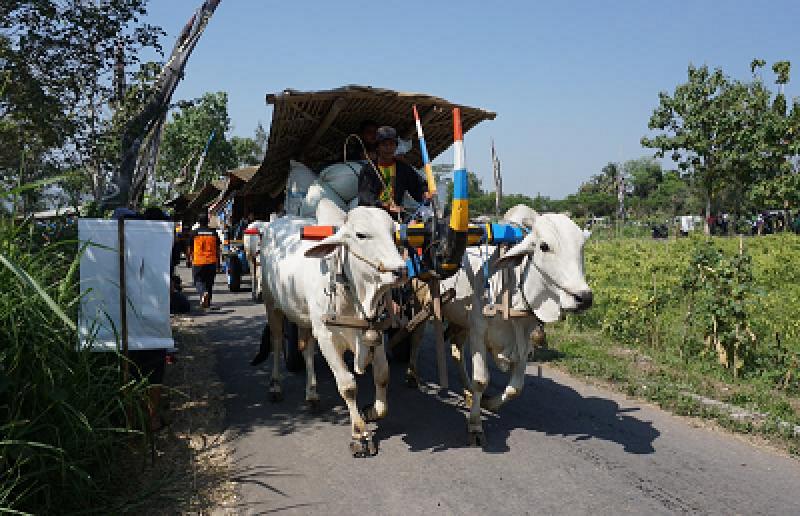
Gerobak Sapi
Gerobak atau pedati atau kereta adalah sebuah kendaraan atau alat yang memiliki dua atau empat buah roda yang digunakan sebagai sarana transportasi. Gerobak dapat ditarik oleh hewan seperti kuda, sapi, kambing, zebu atau dapat pula ditarik oleh manusia. Kereta (Inggris: wagon) adalah sejenis gerobak dengan empat buah roda untuk transportasi yang lebih berat ditarik oleh sedikitnya dua kuda.
Gerobak telah disebut dalam berbagai literatur sejak abad ke-2 SM. Kitab suci India Rgveda menulis bahwa pria dan wanita bagaikan dua roda dari gerobak. Gerobak tangan yang didorong oleh manusia digunakan secara luas di seluruh dunia.
Contoh gerobak yang paling umum di dunia adalah kereta belanja atau troli. Kereta belanja pertama kali muncul di Kota Oklahoma pada tahun 1937.
Gerobak sapi
Di Indonesia, gerobak dapat ditarik oleh sapi, dan dikenal dengan nama pedati atau "cikar". Sapi yang menarik gerobak tersebut disebut dengan "sapi pajikaran".
Pada zaman Hindia Belanda, gerobak sapi dikenali dengan nama "oxencar", sedangkan orang yang mengendarai gerobak sapi dikenal dengan nama "bajingan". Gerobak sapi umum digunakan oleh penduduk setempat untuk mengangkut hasil pertanian dari satu daerah ke daerah lain.
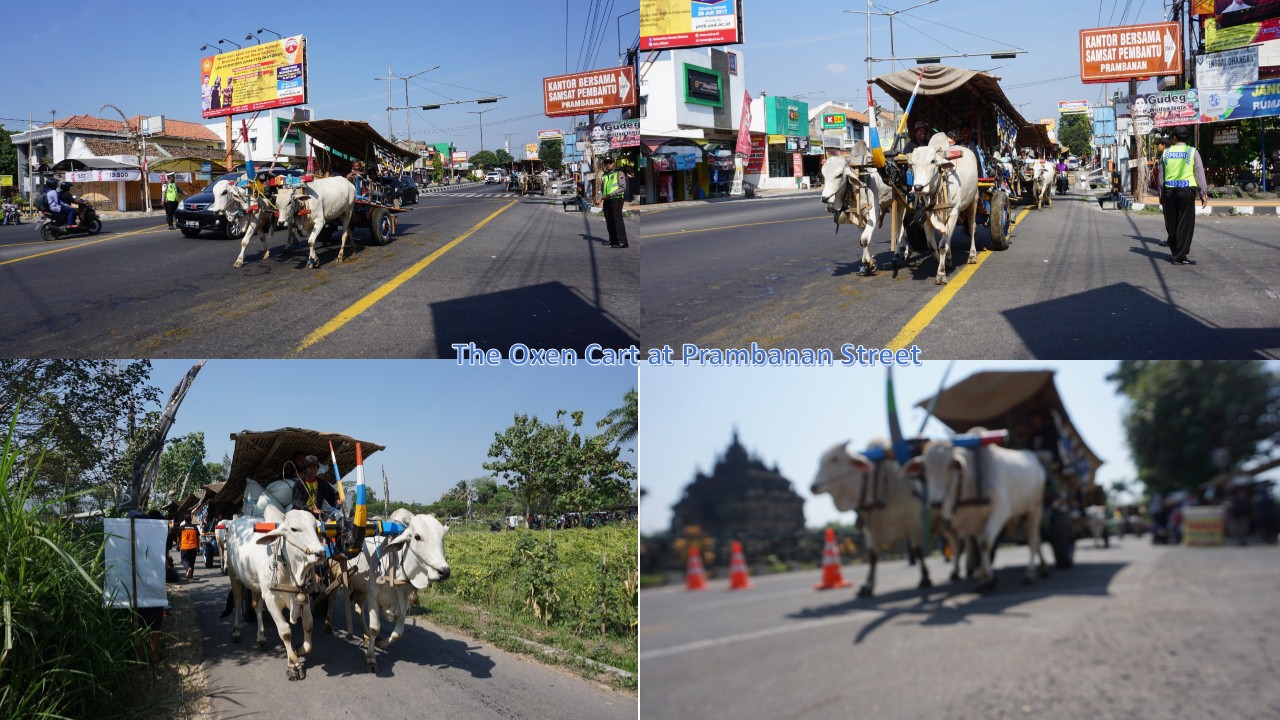 |
Bullock cart
Cart drawn by Oxen
History
Carts have been mentioned in literature as far back as the second millennium B.C. Handcarts pushed by humans have been used around the world. In the 19th century, for instance, some Mormons traveling across the plains of the United States between 1856 and 1860 used handcarts.
The history of the cart is closely tied to the history of the wheel.
Carts were often used for judicial punishments, both to transport the condemned – a public humiliation in itself (in Ancient Rome defeated leaders were often carried in the victorious general’s triumph) – and even, in England until its substitution by the whipping post under Queen Elizabeth I, to tie the condemned to the cart-tail and administer him or her a public whipping. Tumbrils were commonly associated with the French Revolution as a mobile stage elevating the condemned on the way to the guillotine: this was simply a continuation of earlier practice when they were used as the removable support in the gallows, before Albert Pierrepoint calculated the precise drop needed for instant severance of the nerve column.
Types of carts
Larger carts may be drawn by animals, such as horses, mules, or oxen. They have been in continuous use since the invention of the wheel, in the 4th millennium BC. Carts may be named for the animal that pulls them, such as horsecart or oxcart. In modern times, horsecarts are used in competition while draft horse showing. A dogcart, however, is usually a cart designed to carry hunting dogs: an open cart with two cross-seats back to back; the dogs could be penned between the rear-facing seat and the back end.
The term "cart" (synonymous in this sense with chair) is also used for various kinds of lightweight, two-wheeled carriages, some of them sprung carts (or spring carts), especially those used as open pleasure or sporting vehicles. They could be drawn by a horse, pony or dog.
Ox
An ox (plural oxen), also known as a bullock in Australia and India, is a bovine trained as a draft animal. Oxen are commonly castrated adult male cattle; castration makes the animals easier to control. Cows (adult females) or bulls (intact males) may also be used in some areas.
Oxen are used for plowing, for transport (pulling carts, hauling wagons and even riding), for threshing grain by trampling, and for powering machines that grind grain or supply irrigation among other purposes. Oxen may be also used to skid logs in forests, particularly in low-impact, select-cut logging.
Oxen are usually yoked in pairs. Light work such as carting household items on good roads might require just one pair, while for heavier work, further pairs would be added as necessary. A team used for a heavy load over difficult ground might exceed nine or ten pairs.
Bullock cart
From Wikipedia, the free encyclopedia
Not to be confused with Ox-wagon.
A bullock cart or ox cart (sometimes called a bullock carriage when carrying people in particular) is a two-wheeled or four-wheeled vehicle pulled by oxen. It is a means of transportation used since ancient times in many parts of the world. They are still used today where modern vehicles are too expensive or the infrastructure favor them.
Used especially for carrying goods, the bullock cart is pulled by one or several oxen. The cart is attached to an ox team by a special chain attached to yokes, but a rope may also be used for one or two animals. The driver and any other passengers sit on the front of the cart, while load is placed in the back. Traditionally, the cargo was usually agrarian goods and lumber.
History
The first indications for the use of a wagon (cart tracks, incisions, model wheels) are dated to around 4400 BC. The oldest wooden wheels usable for transport were found in southern Russia and dated to 3325 ± 125 BC.[1] Evidence of wheeled vehicles appears from the mid 4th millennium BC between the North Sea and Mesopotamia. The earliest vehicles may have been ox carts.
Australia
In Australia, bullock carts were referred to as bullock drays, had four wheels, and were usually used to carry large loads. Drays were pulled by bullock teams which could consist of 20 or more animals. The driver of a bullock team was known as a ’bullocky’.
Bullock teams were used extensively to transport produce from rural areas to major towns and ports. Because of Australia’s size, these journeys often covered large distances and could take many days and even weeks.
Costa Rica
In Costa Rica, ox carts (carretas in the Spanish language) were an important aspect of the daily life and commerce, especially between 1850 and 1935,[3] developing a unique construction and decoration tradition that is still being developed. Costa Rican parades and traditional celebrations are not complete without a traditional ox cart parade.
In 1988, the traditional ox cart was declared as National Symbol of Work by the Costa Rican government.
In 2005, the "Oxherding and Oxcart Traditions in Costa Rica" were included in UNESCO’s Representative List of the Intangible Cultural Heritage of Humanity.
Indonesia
In Indonesia, bullock carts are used in the rural parts of the country for transporting goods and people, but more often in Indonesia are horsecars used rather than bullock carts. A bullock cart driver is known as, in Indonesian, a bajingan.
Malaysia
Bullock carts were widely used in Malaysia before the introduction of automobiles, and many are still used today. These included passenger vehicles, now used especially for tourists.[4] Passenger carts are usually equipped with awnings for protection against sun and rain, and are often gaily decorated.
Source : https://id.wikipedia.org/wiki/Gerobak & https://en.wikipedia.org/wiki/Cart & https://en.wikipedia.org/wiki/Bullock_cart
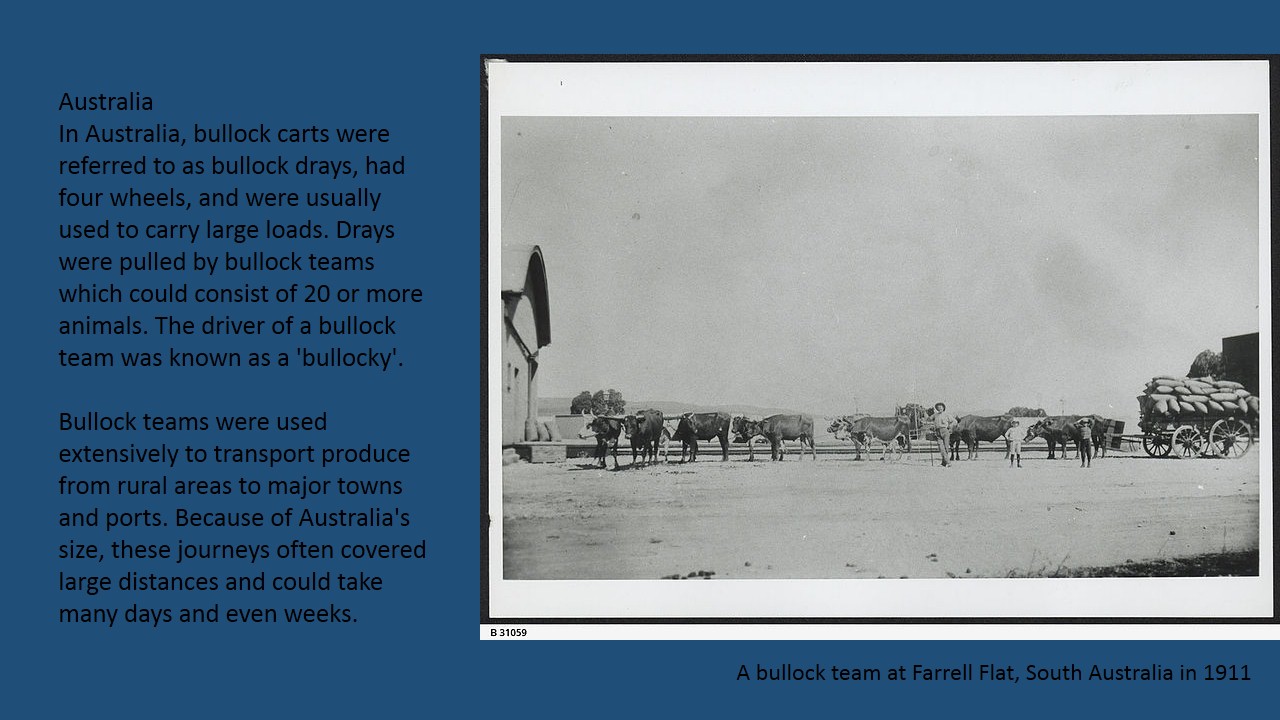 |
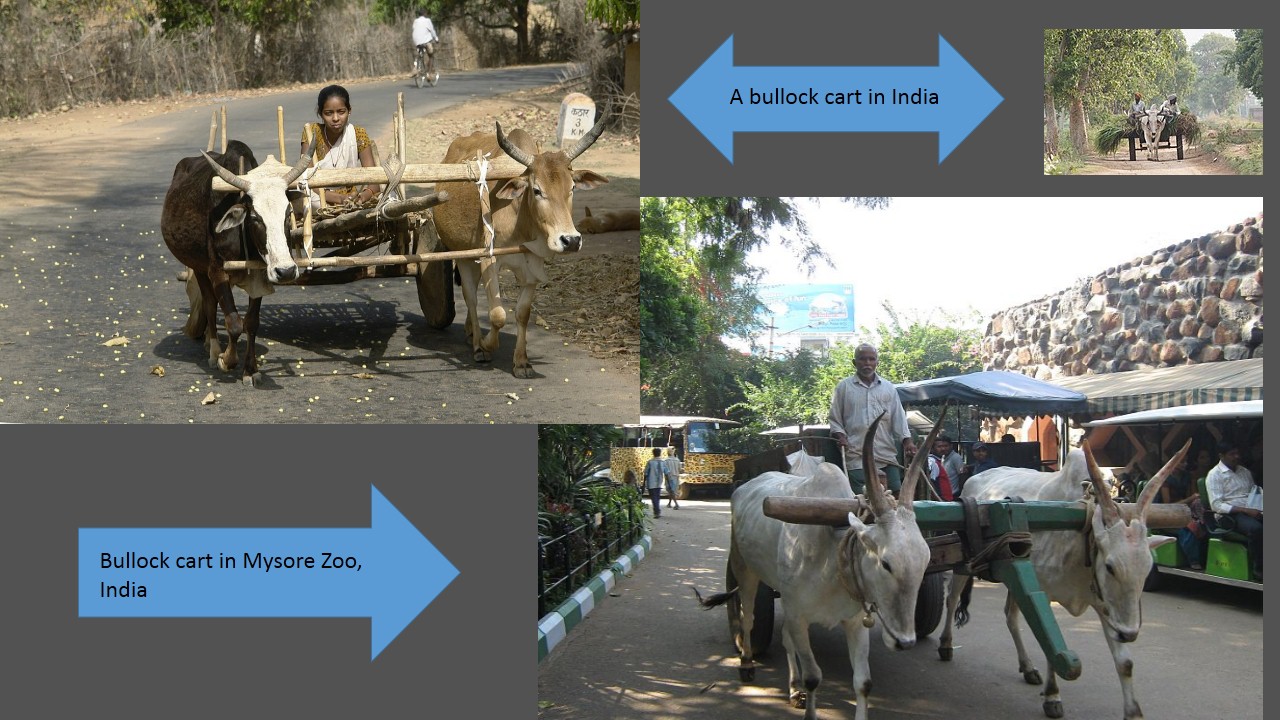 |
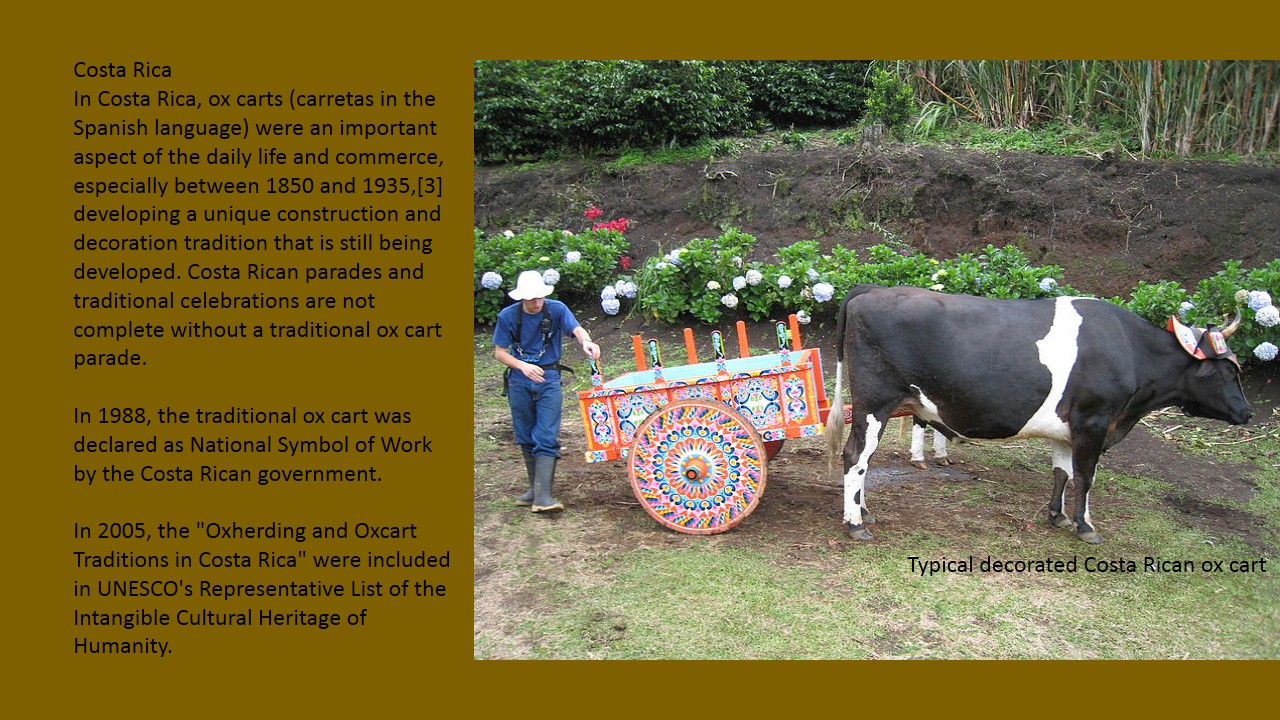 |
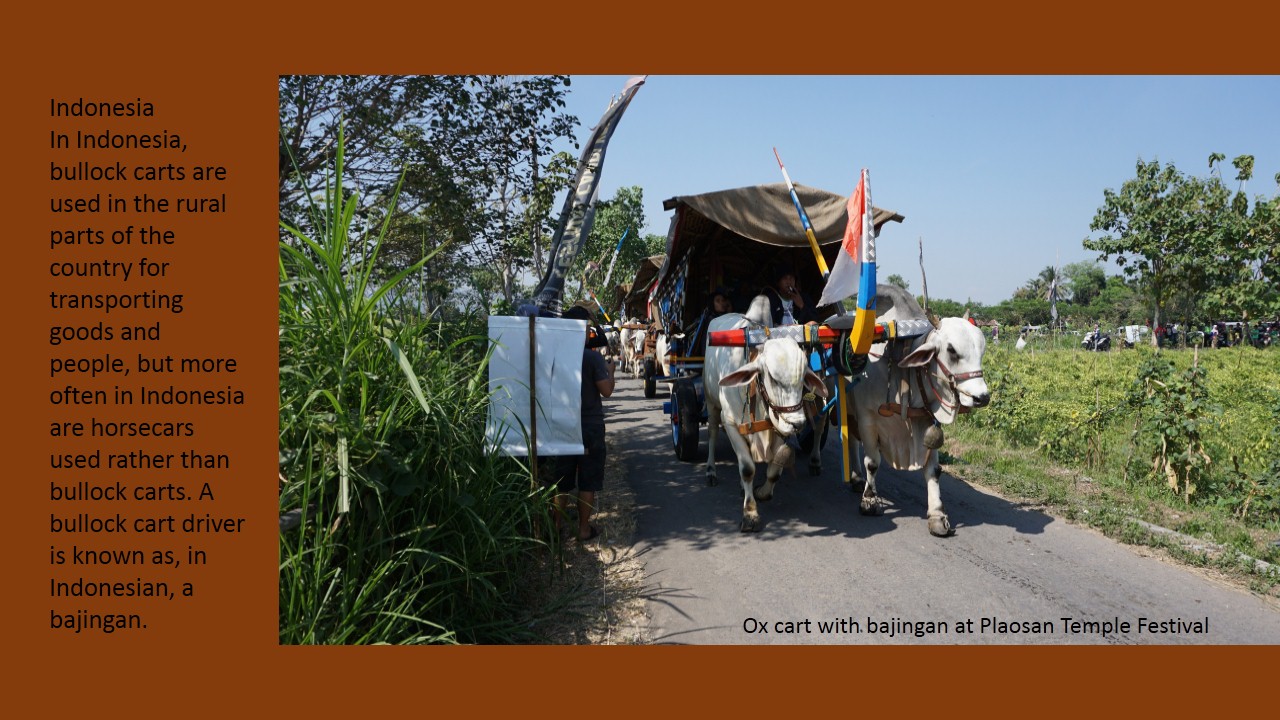 |
Tags : bullock cart, ox cart, indonesian bullock cart, indonesian ox cart, cart drawn by oxen, village tour by cart, gerobak tour, village tour by gerobak, prambanan village tour, prambanan temple tour, wisata ndeso, bali ndeso, cah ndeso, bedes elek, gerobak sapi racuk, gerobak sapi, gerobag jogja
NIB : 0312250068342
Jl. Temulawak, RT 01/RW 04 No 40 Nologaten, Caturtunggal, Depok, Sleman, Yogyakarta 55281
Phone
0274485672
Mobile
08112640967
Email :
borobudursunrise.net@gmail.com
| ONLINE SUPPORTS : |
 |
| WE ACCEPT |
 |
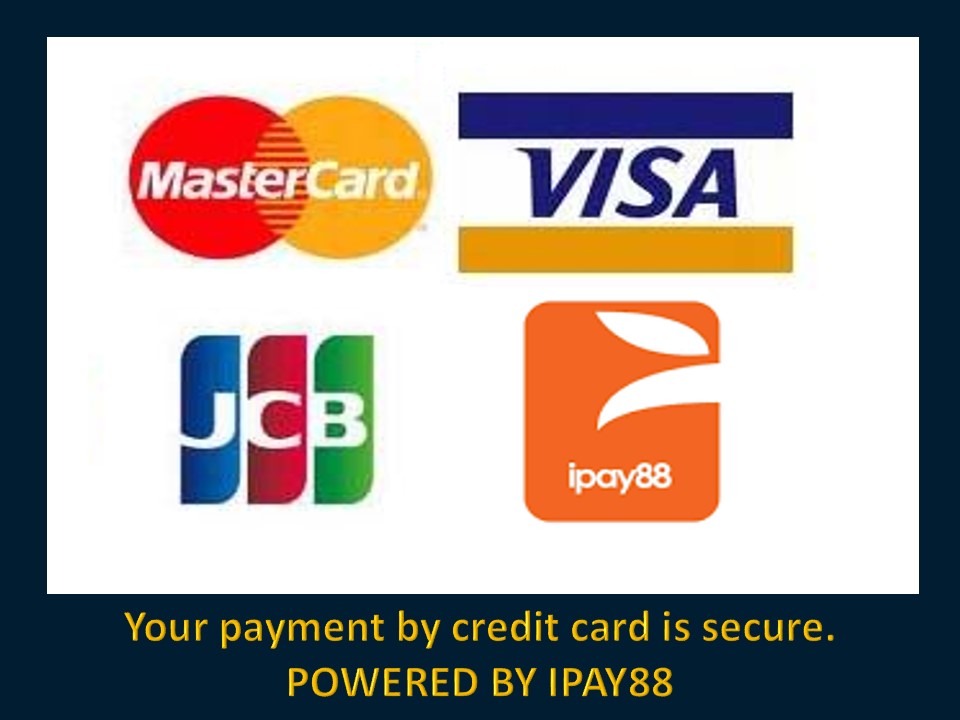 |
|
Exchange Rate : |
Jl. Temulawak, RT 01/RW 04 No 40 Nologaten, Caturtunggal, Depok, Sleman, Yogyakarta 55281
Phone
0274485672
Mobile
+628112640967
WhatsApp
+628112640967
Telegram
+628112640967
Line
borobudursunrise
![]() BANK MANDIRI
BANK MANDIRI
137001421XXXX
PT. BOROBUDUR DESTINASI UTAMA, Swift Code : BMRIIDJA
![]() Transfer Wise
Transfer Wise
https://wise.com/
https://wise.com/
![]() CREDIT CARD
CREDIT CARD
POWERED BY IPAY88
POWERED BY IPAY88